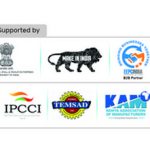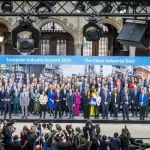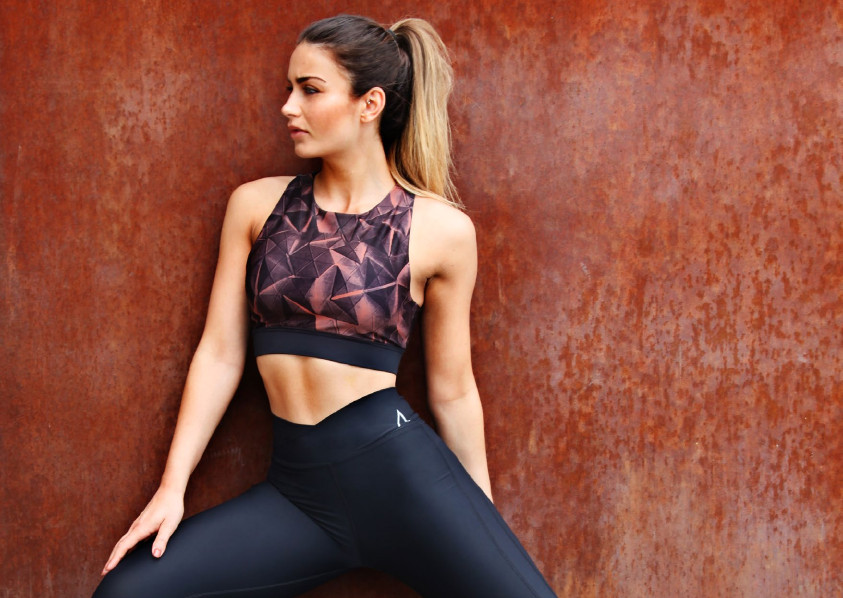
Business and Market Overview
There has been a growing awareness of the vital contribution exercise makes to physical and mental wellbeing. Sedentary occupations replacing physical labour and unhealthy dietary choices are contributing to a growing obesity crisis in advanced societies. This has driven a growth in exercise through gyms, sport, yoga studios and personal fitness training as part of a healthier lifestyle.
However, people not only want to feel good, they want to look good. Hence the rise of athleisure, clothing for exercise, which fuses fashion with fitness and which is frequently publicly worn by celebrities and role models. This is now a well established market, dominated by major brands such as Adidas and Nike, but it is still a growing market as the distinctions between work, social and leisure attire are beginning to blur. Consumers increasingly want leisure clothing to perform but also to be attractive and trend-led.
Another development in recent years has been a growing concern among consumers about the ethical production of goods and this has been particularly marked in the fashion sector with well-publicised cases of worker exploitation in developing countries and of the environmental cost often associated with production and transportation. Consumers increasingly favour producers who demonstrably seek to tackle these issues.
Athleisure, which hardly existed a few years ago, has grown enormously and globally with an increased awareness of the necessity for exercise as part of a healthy lifestyle. This has been accompanied by a huge expansion in gyms and fitness clubs – both independents and chains. Exercise clothing and leisurewear have moved far beyond the merely functional to become a fashion sector in their own right, with their own brands and labels, often championed by celebrities and sports personalities, with the distinctions between leisure, social and work becoming blurred.
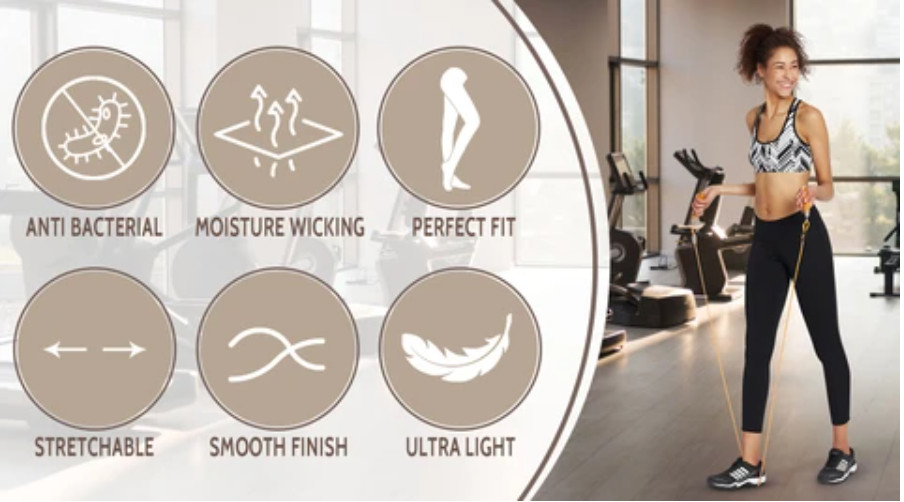
There are a lot of players in the market place but it is far from being congested with plenty of room for innovative designs and niche brands to excite the consumer and disrupt the sector. Athleisure clothing sales have been growing by around 10-12% year-on-year basis since last five years. The global athleisure market is estimated to be worth US$270bn.
Competitive Landscape
Activewear is a competitive marketplace but it is large and growing daily. Athleisure as a true fusion of fitness and fashion has not yet been achieved. Gym goers want more trend-led activewear, and the lines between work, exercise and social attire are beginning to blur. Designers and high street stores are continually adding more sporty pieces to their collections, however athleisure is becoming one of the biggest sources of growth for embattled high-street clothing chains.
The production and marketing team has to have a deep and extensive knowledge of the leisurewear and fashion industries as well as all the necessary entrepreneurial qualities and business disciplines to develop and position the brand. In this sector quality and design is of central importance, but an ability to manage the supply chain is also crucial. The team collaboratively have experience in developing and positioning brands, creating product ranges, manufacturing of products, establishing distribution channels and managing financial controls.
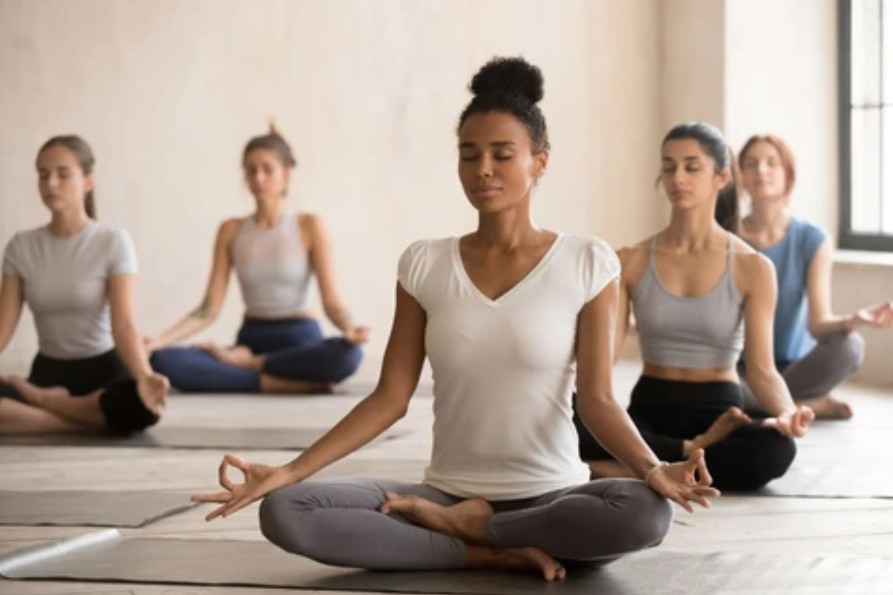
They find it nearly impossible to source leisurewear of this standard at an acceptable price in the limited quantities that their businesses require. Also an educated and informed modern consumer market is increasingly aware of ethical and environmental problems associated with the production of garments, particularly from Asia, and wants assurance that full account is taken of sustainability and social justice issues.
Scope for New Entrants
Athleisure, which hardly existed a few years ago, has grown enormously and globally with an increased awareness of the necessity for exercise as part of a healthy lifestyle. This has been accompanied by a huge expansion in gyms and fitness clubs – both independents and chains. Exercise clothing and leisurewear have moved far beyond the merely functional to become a fashion sector in their own right, with their own brands and labels, often championed by celebrities and sports personalities, with the distinctions between leisure, social and work becoming blurred.
Athleisure wear must be produced in designs that are not only attractive and stylish but also comfortable and performs excellently as fitness wear. Businesses and individuals can work closely with design team to select the garments and range and fully customise the colour, print and design of the items to suit their employees, followers and members. Well designed stylish products allow people of all ages, shapes and sizes to look good, encouraging health and fitness and empowering everyone.
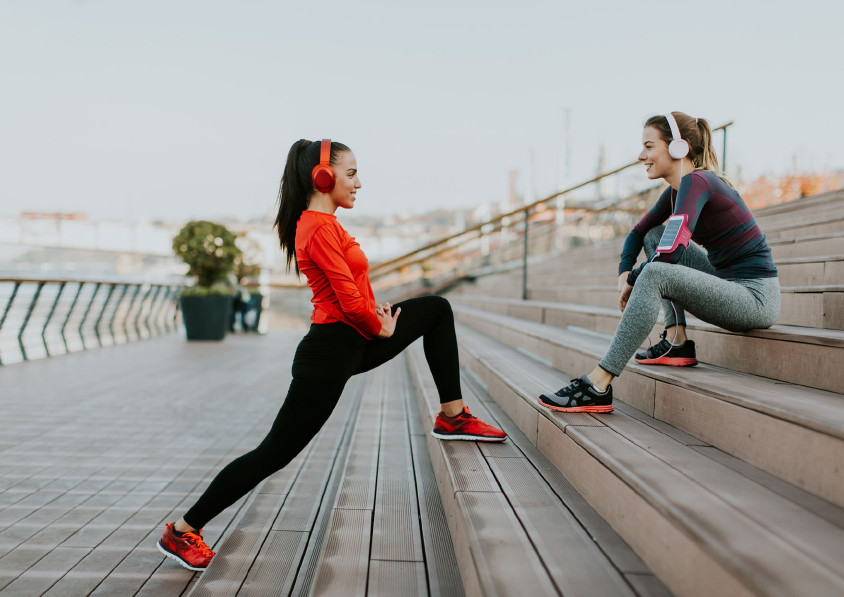
Also, adoption of the latest sportswear sublimation technology allows the fast full colour high definition printing of images and graphics directly onto fabrics, making possible cost effective, short-run productions. Ethical considerations are now becoming central to any successful business model. The brands must have a more direct control over labour conditions where their goods are manufactured so that they can monitor employment practices throughout the supply chain. Also, the distances to transport to market and so the carbon footprint need to be minimised.
The production team must be creative and highly experienced in using a range of industrial sewing machines. The product development involves carrying out every aspect of the production process from creative pattern cutting through to construction, customisation, tagging and dispatching. It is important to work with the design team to continually develop and sample new garments while overseeing the relationships with manufacturers and suppliers.
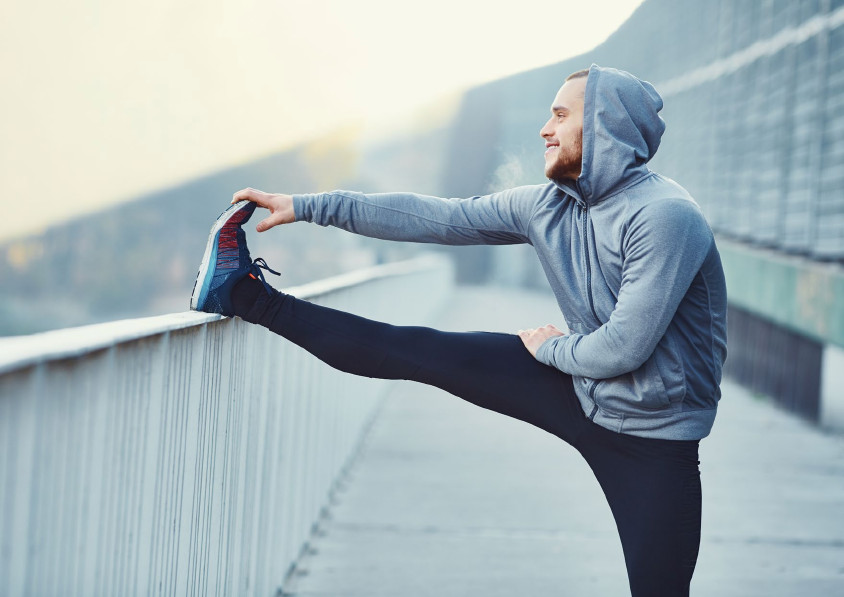
The business involves launching and executing marketing campaigns with national/international fashion publications besides having liaison with top designers around the world securing the top position of the brand. The brand development also involves educating fitness professionals on how they can grow their businesses and develop new group fitness concepts for leisure trusts, councils and the private sector. Therefore, it is important to identify and test a route to market through gyms, fitness clubs
and yoga studios who want customised garments jointly branded and designed in partnership for their members, customers and followers.
Efforts must also be made to identify a clear unmet market need among males and females who exercise regularly and want to look good with athleisurewear that is comfortable and functional, but also stylish and fashionable.
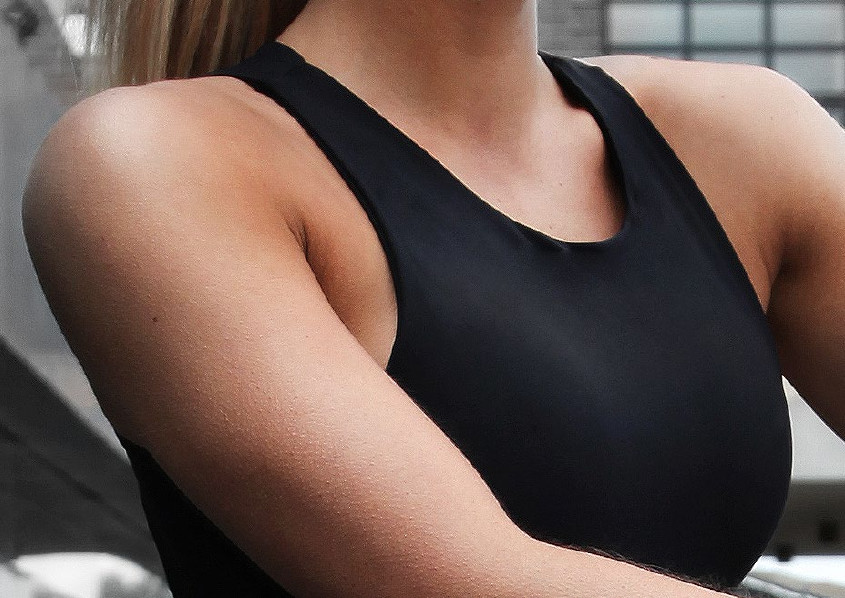
(Courtesy: AIM athleisure’s investment memorandum)
 Statista dossier on the sporting goods industry Sporting Goods Industry – Statistics & Facts
Statista dossier on the sporting goods industry Sporting Goods Industry – Statistics & Facts
According to the dossier on the sporting goods industry, broughtout by Statista, the sporting goods market in the United States is a billion dollar industry. Sporting goods store sales in the United States alone amount to more than 45 billion U.S. dollars annually. This includes many different product types such as athletic footwear, exercise equipment, licensed sports merchandise, and athletic apparel but does not include recreational transportation items such as bicycles, pleasure boats, RVs and snowmobiles. The United States is the key market in the sports apparel and footwear industry holding the lion share of the market with 36 percent.
Other Highlights of the Dossier are:
 It is no surprise that Nike is the most valuable sports business brands worldwide. The Nike brand was valued at close to 36.8 billion U.S. dollars in 2019, over double the value of second placed ESPN. Nike was also the leading athletic apparel, accessories and footwear company worldwide based on sales. In 2019, Nike generated approximately 39 billion U.S. dollars in sales. Nike is considered the top sports apparel brand choice for American consumers of all genders. Retail is one of the main sales channels for sporting goods in the U.S. It is handled by sporting goods retailers like Dick’s Sporting Goods, Bass Pro Shop, The Sports Authority or Academy Sports & Outdoors. One of the most popular sporting goods retailers is Dick’s Sporting Goods. Almost a quarter of respondents in a recent Statista survey stated that they had shopped for sporting goods from Dick’s Sporting Goods in the last twelve months. Similarly, more than 20 percent of respondents of another Statista survey said that they purchase sports apparel, sports shoes and sports equipment or gear from the company’s online site. Athletic footwear is an integral part of the sporting goods market in the United States, with product sales of approximately 37 billion U.S. dollars in 2019. In 2018, almost 60 percent of Americans, aged between 30 and 49 years, bought athletic shoes. The leading companies in the footwear segment are Nike and Adidas with revenues of 22.2 and 12.7 billion U.S. dollars respectively in 2018. Nike and Adidas are also the leading sporting goods manufacturers worldwide in terms of revenue. Other major sporting goods manufacturers with at least 1.5 billion U.S. dollars in revenue are VF Corp., Under Armour, Puma, Asics, and Mizuno.
It is no surprise that Nike is the most valuable sports business brands worldwide. The Nike brand was valued at close to 36.8 billion U.S. dollars in 2019, over double the value of second placed ESPN. Nike was also the leading athletic apparel, accessories and footwear company worldwide based on sales. In 2019, Nike generated approximately 39 billion U.S. dollars in sales. Nike is considered the top sports apparel brand choice for American consumers of all genders. Retail is one of the main sales channels for sporting goods in the U.S. It is handled by sporting goods retailers like Dick’s Sporting Goods, Bass Pro Shop, The Sports Authority or Academy Sports & Outdoors. One of the most popular sporting goods retailers is Dick’s Sporting Goods. Almost a quarter of respondents in a recent Statista survey stated that they had shopped for sporting goods from Dick’s Sporting Goods in the last twelve months. Similarly, more than 20 percent of respondents of another Statista survey said that they purchase sports apparel, sports shoes and sports equipment or gear from the company’s online site. Athletic footwear is an integral part of the sporting goods market in the United States, with product sales of approximately 37 billion U.S. dollars in 2019. In 2018, almost 60 percent of Americans, aged between 30 and 49 years, bought athletic shoes. The leading companies in the footwear segment are Nike and Adidas with revenues of 22.2 and 12.7 billion U.S. dollars respectively in 2018. Nike and Adidas are also the leading sporting goods manufacturers worldwide in terms of revenue. Other major sporting goods manufacturers with at least 1.5 billion U.S. dollars in revenue are VF Corp., Under Armour, Puma, Asics, and Mizuno.
To buy Statista dossier on the sporting goods industry online, click here.

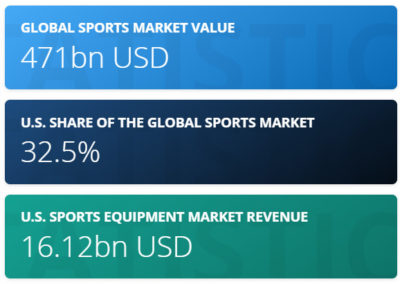 Statista dossier on the sporting goods industry Sporting Goods Industry – Statistics & Facts
Statista dossier on the sporting goods industry Sporting Goods Industry – Statistics & Facts


